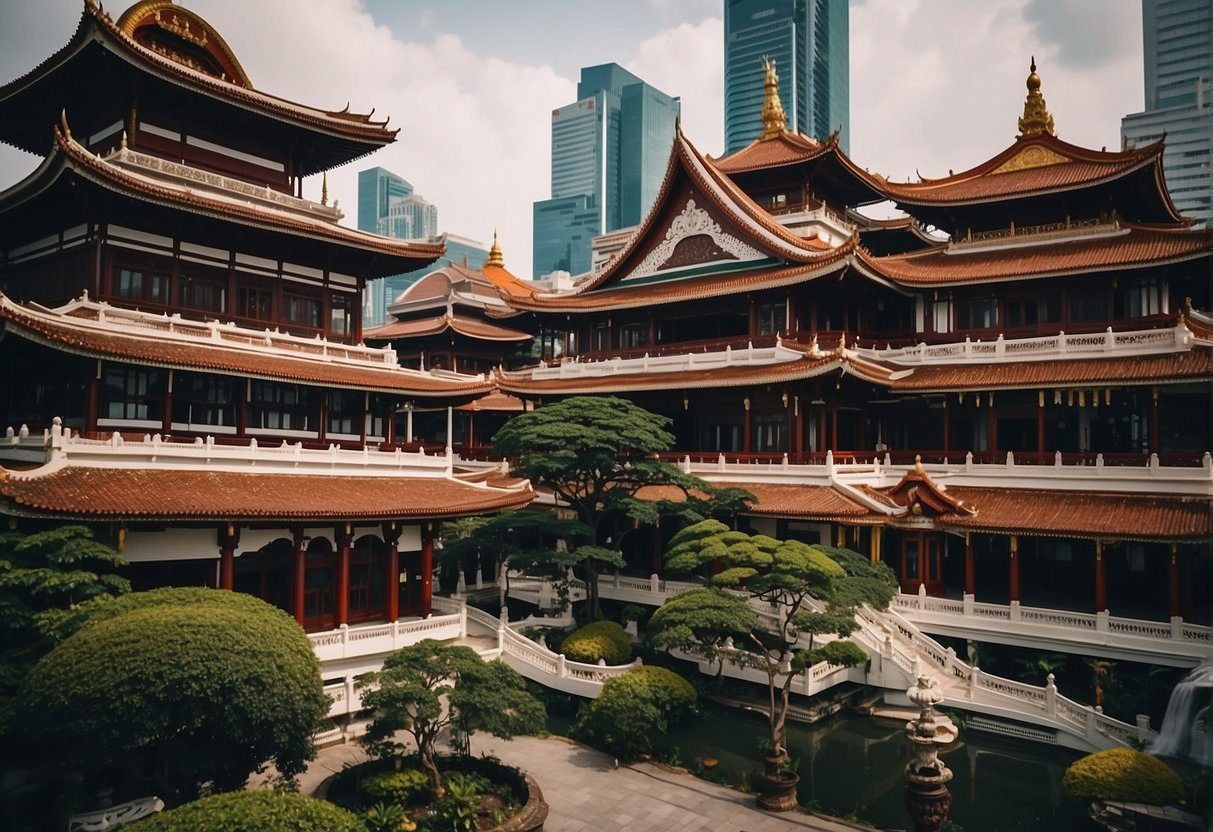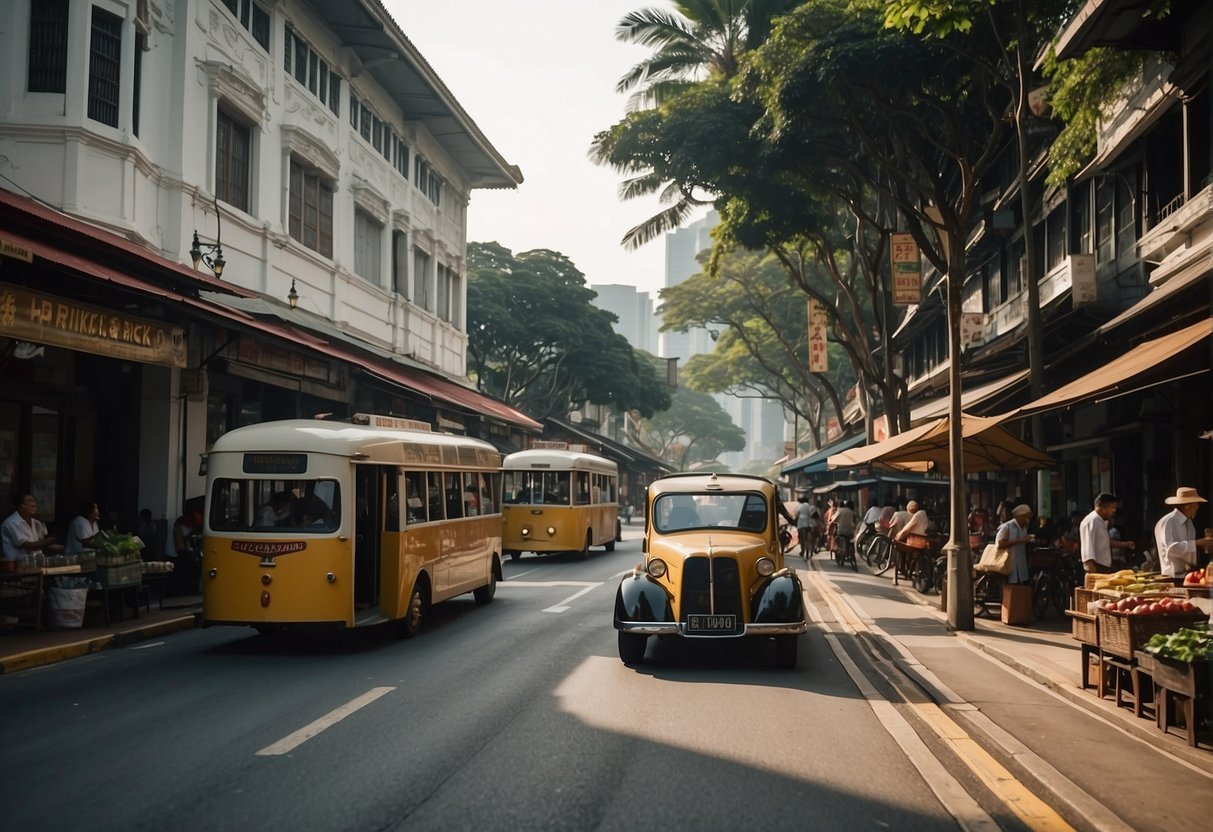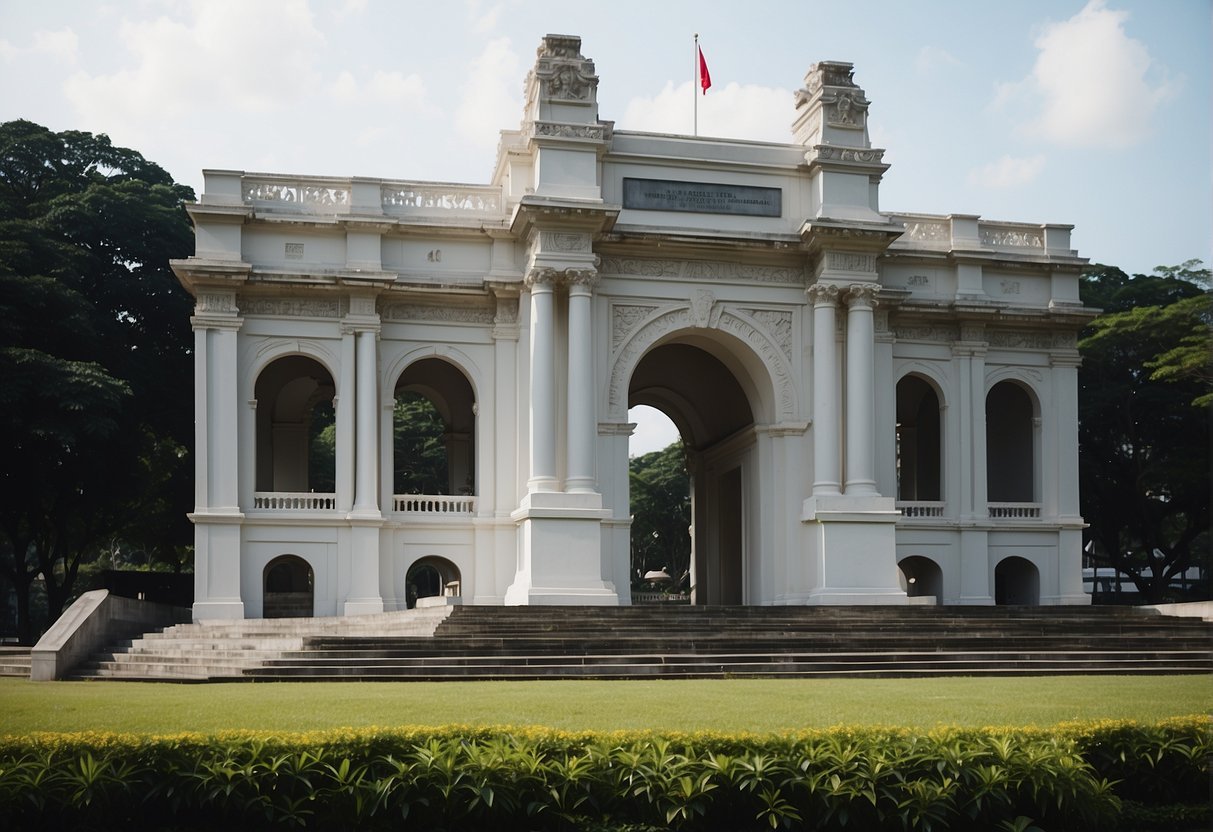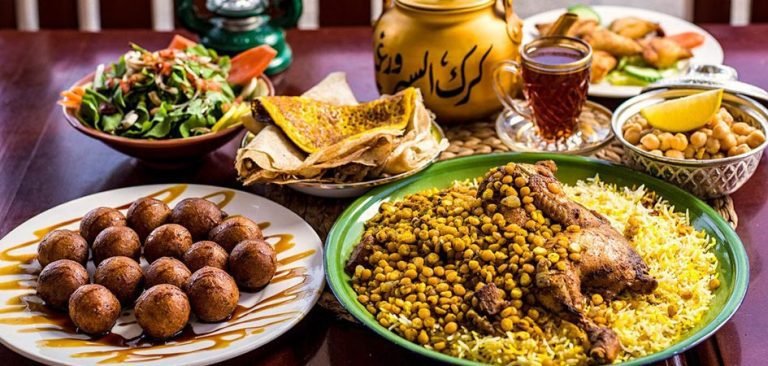Historic Sites in Singapore – A Guide to Uncovering the Past
Singapore’s tapestry of history is woven with the threads of diverse cultures and a vibrant past. Each street and corner tells a story, and each monument holds many tales awaiting discovery.
From colonial architecture to memorials of national significance, the city-state’s historic sites serve as sentinels to a rich heritage. Stepping into Singapore, we only experience a bustling modern metal and venture through a living museum brimming with historical significance.

Visitors are often captivated by the array of historical attractions that Singapore offers. The journey through time can begin with places like Haw Par Villa, its vivid dioramas depicting traditional Chinese folklore, or the well-preserved CHIJMES that counter the city’s colonial European influence.
Furthermore, landmarks such as the iconic Raffles Hotel transformed transformation from a trading post to a global hub. Embarking on this historical exploration offers insights into how Singapore has meticulously preserved its multifaceted story while continuously shaping its modern identity.
Historic Sites in Singapore – Key Takeaways
- Singapore’s historic sites are a blend of cultural narratives and a testament to its rich history.
- Iconic locations such as Haw Par Villa and CHIJMES offer insights into Singapore’s diverse heritage.
- The preservation of landmarks mirrors Singapore’s commitment to honouring its past while embracing modernity.
Historical Context in Singapore

Singapore’s rich tapestry of history is woven by its pre-colonial heritage, scars of World War II, and meaningful journey towards meaningfulness. These layers inform the island’s cultural and historical identity.
Pre-Colonial and Colonial History
Before becoming a pivotal colony in Asia, Singapore had a thriving pre-colonial era, with evidence of its significance dating back to the 14th century. Its strategic position led to its later colonisation by the British in the 19th century, fundamentally shaping its role as a significant naval base.
- 14th-1significantentury: Flourishing maritime trade
- 1819: Establishment as a British trading post by Sir Stamford Raffles
Singapore’s transformation during the British colonial period set the stage for its modernisation and growth as an important port in British Malaya.
World War II Impact
The Japan-Japaneseati-Japanesegapore during World War II from 1942 to 1945 represents a dark period when the city fell to Japanese forces, marking a significant event in Singaporean history.
- Military: The fall of British military depots
- Society: A shift in the local sentiments towards British rulers
This era dramatically reshaped Singapore’s view of its strategic position and the importance of self-governance.
Road to Independence
Post-World War II, the push for independence grew, leading to the formation of self-government and, ultimately, complete independence in 1com,plete under the leadership of Lee Kuan Yew.
- 1959: Lee Kuan Yew becomes Prime Minister
- 1965: Declaration of Singapore’s independence
The nation’s sovereignty marked the start of its journey to becoming a stable and prosperous country.
National Monuments and Memorials

In this section, we’ll explore Singapore’s tribute to its historical legacy through memorials and monuments that mark significant episodes from the past. These sites offer you a profound insight into the nation’s journey, immortalising pivotal moments and figures in the city’s landscapes and War Memorials
- Kranji War Memorial: Honouring those who perished in World War II, this site commemorates the sacrifices of army and civilian casualties.
- Civilian War Memorial: Situated in the heart of the city, it stands as a solemn reminder of civilian lives lost during the Japanese occupation.
Historical Sites of Governance
- Old Hill Street Police Station: This national monument is a colourful landmark that previously housed the police force, symbolising the evolution of Singapore’s law enforcement.
- Fort Canning Park: Once the site of palaces for the Malay Royalty, it is a historical landmark for governance from pre-colonial times to the present.
Religious Heritage and Architecture
- Sultan Mosque: As a critical mosque in Singapore, it is a place of worship and an emblem of the nation’s religious diversity and harmony.
- Thian Hock Keng Temple: One of the oldest Hokkien temples, this site reveals the architectural finesse and spiritual history tied to Chinese immigrants.
Each monument and memorial carries stories that should not be forgotten, serving as physical manifestations of Singapore’s vibrant history and cultural tapestry. Your visit to these sites connects you to the city’s past, weaving a richer understanding of the nation’s identity.
Preservation and Engagement
Emphasising the significance of safeguarding Singapore’s cultural and architectural heritage, this section delves into the meticulous efforts in preservation and the vital role of community engagement. The National Heritage Board is pivotal in preserving these narratives through educational and communal initiatives.
Cultural and Historical Preservation
- National Monuments and UNESCO Sites: Efforts to preserve culturally and historically significant sites are spearheaded by the Preservation of Sites and Monuments division under the National Heritage Board. This includes maintaining structures associated with prominent historical figures such as Sultan Hussein Shah. Moreover, Singapore strives for these sites to be recognised on global platforms like UNESCO’s World Heritage list, enriching the country’s cultural legacy.
- SG Heritage Plan: The SG Heritage Plan is the first master plan for Singapore’s heritage and museum sector, outlining strategies for preservation and engagement with the community. Your understanding of the local culture is deepened by conserving both tangible buildings and intangible cultural heritage, ensuring that the essence of the nation’s past is actively integrated into its modern urban landscape.
Educational Outreach and Community Involvement
- Education Grants and Volunteering: The National Heritage Board fortifies educational reach by providing education grants to engage scholars and researchers. You can also partake in these educational initiatives, which might involve volunteer work as a docent, contributing to the vibrant storytelling of Singapore’s history.
- Intangible Heritage and Docents Programmes: Intangible cultural heritage—encompassing traditions and living expressions—is disseminated through community programmes and activities. Your engagement as a volunteer or docent supports preserving these traditions and enriches your connection to Singapore’s cultural legacy.
You play an essential role in maintaining and celebrating Singapore’s storied past through active preservation and participation in educational and community programmes.
Historic Sites and Museums
Singapore’s tapestry of history is vividly illustrated through its remarkable historical places and prestigious museums. As you explore these sites, you’ll uncover the stories and heritage locked within them, from pivotal battlefields to memorial grounds and the repositories of national memory.
Museum District and Exhibitions
The heart of Singapore’s historical narrative can be discovered within the walls of the National Museum of Singapore. This institution not only holds the title of the largest museum in the city but also serves as a custodian of Singapore’s past:
- Discover the Journey of Singapore through permanent and temporary exhibitions.
- Engage with interactive displays that offer a window into the life of founding Prime Minister Lee Kuan Yew.
Another must-visit, the Battlebox at Fort Canning, reveals the story of the Headquarters Malaya Command during the Second World War. This underground command centre:
- Takes you deep into military strategies with its preserved war rooms and artefacts.
- Provides insights into the fall of Singapore with guided tours available.
Historic Battle Sites and Memorials
The solemn history of conflict on the island can be revisited at various sites, such as the Kranji War Memorial and Kent Ridge Park. At these locations, you confront the gravity of war and remember the lives lost:
- Kranji War Memorial pays homage to the soldiers with its rows of white gravestones.
- Pasir Panjang, a site at Kent Ridge Park, is known for the fierce battle fought during the Second World War.
As you tread these grounds, ponder the narratives of bravery and sacrifice that shaped Singapore’s present. These landmarks afford a moment of reflection on not just the military depots of the past but also the courage that now forms part of the nation’s identity.
By visiting these historic sites and museums, you connect with Singapore’s rich past, learning about the places and individuals that have defined the nation’s story. For a deeper understanding of Singapore’s heritage, consider exploring more historical places and weaving together the threads of this nation’s compelling history.






